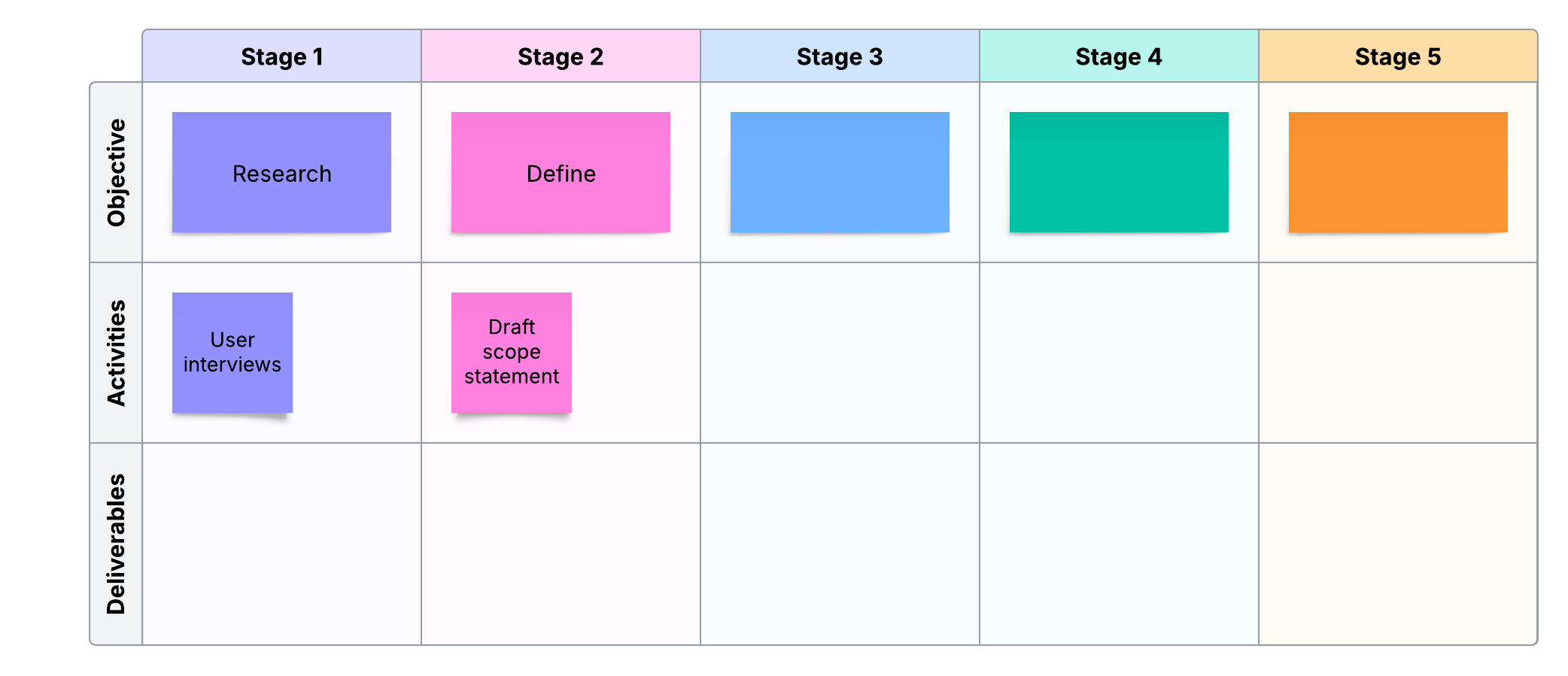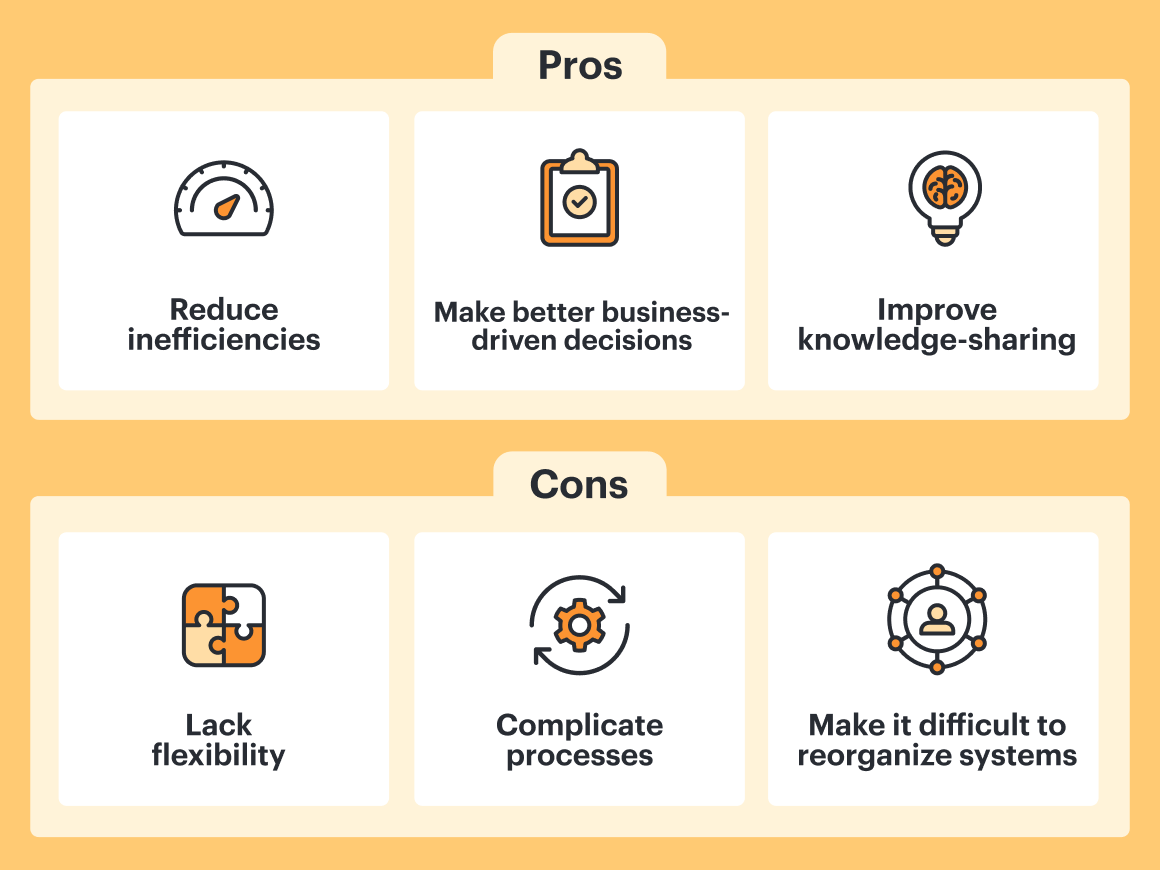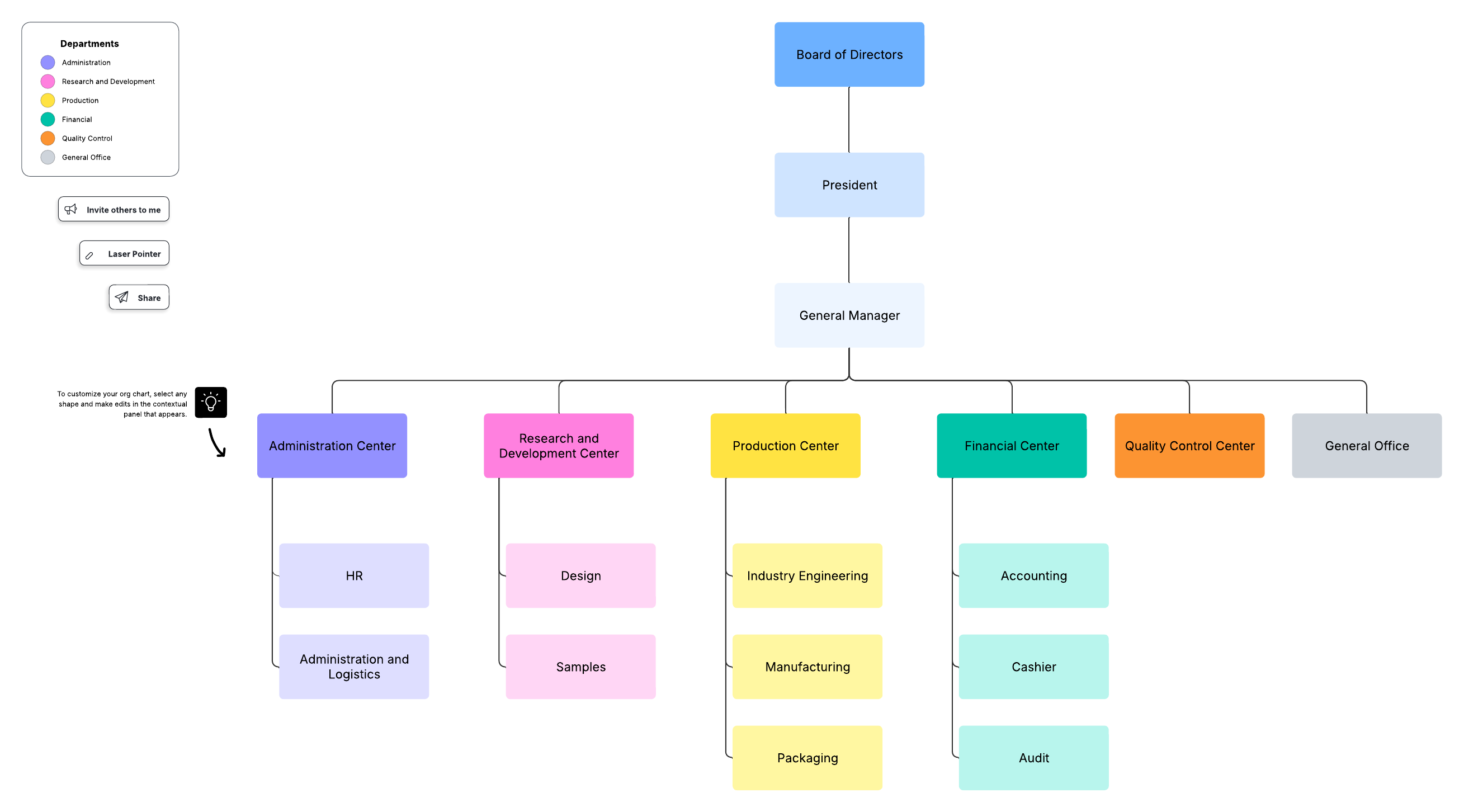
Conway’s Law explained: Why your output is only as good as your internal structures
Reading time: about 4 min
Topics:
Remember the last time you signed up for the next greatest app, only to find yourself lost in a clunky onboarding process or frustrated with the disconnected capabilities? The frustration and confusion might have had you pointing fingers at the company’s leadership, but don’t be too quick to blame the downfalls on the talent. Often, the real culprit of disorganization comes from internal systems and architectures. Essentially, the proof is in the digital pudding. Messy structure equals a messy product and customer experience.
Enter: Conway’s Law.
Ignoring Conway’s Law might trap you in a mess of disjointed teams, misalignment, and poor communication. Maybe you’re already there? If so, then keep reading.
This article will explore Conway’s Law, its pros and cons, and what it could look like for any given organization.
What is Conway’s Law?
Conway’s Law was developed in the late 1960s by computer scientist Melvin Conway. Simply put, this theory explains that an organization’s product is only as good as its internal structure. Similarly, if you’ve ever heard the term “shipping the org chart,” Conway’s Law essentially means the same thing. When communication and collaboration are solid between cross-functional teams, they are far more likely to consistently deliver a seamless, high-quality user experience. Conversely, if teams are disjointed and siloed, the product will reflect those gaps.
Especially for product and software development teams, understanding and acknowledging Conway’s Law can help you:
-
Identify bottlenecks in your processes: Visualize workflows to pinpoint inefficiencies linked to team structure.
-
Improve communication: Leverage software that promotes effective communication. Integrate your apps with one another to streamline workflows.
-
Enhance cross-functional collaboration: Teams that are collaborative are more adaptive to change.
-
Become more agile: Structure teams around product components or personas to increase autonomy and agility.
-
Align business needs with your system architecture: Evolve team structure as needed to mirror your product and business goals.
Conway’s Law illuminates a fundamental truth for product and software development: Team structure and cross-functional collaboration methods have a direct impact on the quality of your product.

Reverse Conway’s Law
While less known than Conway’s Law, Reverse Conway’s Law explains that you can intentionally set up your team's organizational structure to shape your system architecture. This highlights the strong connection between how your company is organized internally and the product that you build. By proactively planning your teams, you can produce a more desirable product.
Pros and cons of Conway’s Law
There are several advantages and potential pitfalls of Conway’s Law. Let’s take a look.

Pros
Besides the benefits mentioned earlier, understanding Conway’s Law can also:
-
Reduce inefficiencies: Clearly mapping your organization reduces unnecessary touchpoints for communication.
-
Make business-driven decisions: Aligning your teams and structures makes it easier to communicate company-wide strategy and make decisions that directly support business objectives.
-
Improve knowledge-sharing: Structuring teams by focus area makes it easier to understand how teams are connected.
Cons
Despite the great benefits, keep in mind that Conway’s Law can:
-
Lack flexibility: When your teams are too closely tied to your product, it can be hard to adapt the structure. People might not have the tools they need to make those changes right away.
-
Complicate processes: If your communication structure becomes too rigid, it can actually make it harder to get work done, creating unnecessary dependencies and slowing product development.
-
Make it difficult to reorganize systems: When systems are so closely connected, changing team roles and responsibilities can be time-consuming and costly, making it harder to optimize your structures.
Conway’s Law examples and organizational structures
We’ve talked a lot about how your org structure is a reflection of your product and how poor internal structure or lack thereof can lead to serious dysfunction. But when your structure is organized and clearly defined, there are many benefits.
One way to define and visualize your internal structure is in Lucidchart. There are dozens of free org chart templates that you can customize to fit your needs.

Explore more org chart templates in Lucidchart.
Se nowHere are two examples of how you can structure your org for greater collaboration, communication, and alignment.
Org chart by cross-functional teams
If you aren’t sure where to begin, mapping your cross-functional teams is a good first step. Start by mapping out your immediate team and those you frequently collaborate with. Having a visualization of your cross-functional teams can improve communication bottlenecks by clearly mapping who to reach out to for which initiatives.

Company org chart
To take it a step further and better understand how you ship your org chart, consider mapping your entire organization. An updated org chart is great for broader business initiatives, helping to align everyone across departments. It can improve communication and collaboration throughout the business, ensuring that the internal structure is connected.
While mapping your entire organizational structure may seem tedious, our template makes it easy to create and customize an org chart that fits your needs.


Ready to put Conway’s Law into action? Learn how to structure your teams strategically.
Read nowAbout Lucidchart
Lucidchart, a cloud-based intelligent diagramming application, is a core component of Lucid Software's Visual Collaboration Suite. This intuitive, cloud-based solution empowers teams to collaborate in real-time to build flowcharts, mockups, UML diagrams, customer journey maps, and more. Lucidchart propels teams forward to build the future faster. Lucid is proud to serve top businesses around the world, including customers such as Google, GE, and NBC Universal, and 99% of the Fortune 500. Lucid partners with industry leaders, including Google, Atlassian, and Microsoft. Since its founding, Lucid has received numerous awards for its products, business, and workplace culture. For more information, visit lucidchart.com.
Related articles
How to map cross-functional processes
In this blog post, you will learn the benefits of cross-functional process mapping, and how to create your own.
Sharing and collaboration in Lucidchart
Lucidchart was built for collaboration from the start. Learn how you can share your documents, work with others in real time, and embed your diagrams on another website.
Working through silo mentality
In this blog post, we will uncover what silo mentality is and how to connect the silos across your organization.
How to make your org chart the best resource for employees
Many people use their company org chart to simply find the best employee to answer their questions. Use our handy guide to find out how you can transform your org chart into a comprehensive resource for your employees.
